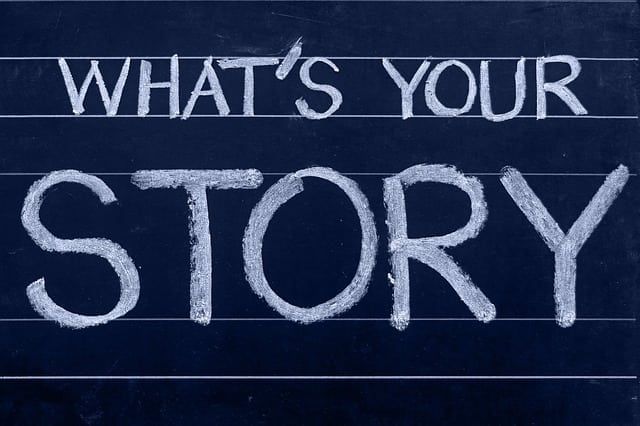In the past, I faced the challenge of trying to sway public opinion. I did lots of research finding stats and scientific studies to help make a case. I spent hours crafting messages for each different audience using the research as my inspiration. I had a comprehensive marketing-communications plan for sharing the message(s). Yet with all of the research, internal company dialogue, and work, the results were unimpressive.
Venting to a mentor, she gave me some of the best communications advice I have ever received. When emotion comes into play, facts matter less. I had been trying to sway opinions with facts, without recognizing the underlying emotions or experiences that form those opinions.
Opinions are deeply rooted in emotion and human experience. To sway opinions, one needs to move beyond facts; beyond science. To sway opinions, you need to consider the human element.
Agriculture is a perfect example. When communicating with the larger society, agriculture as an industry tends to focus on factual data and science. A scientific approach may work in some instances. However, if the goal is to change opinion we need to move beyond science. As an industry, we need to relate on a human-to-human basis.
Instead of spending a lot of time on how or what, as an industry we need to remind ourselves why. Why are we in agriculture; why do we do what we do? (And by why, I don’t mean to make a profit.) What is our purpose, and why should anyone care?
Basic universal human needs like food, clothing, and shelter are all provided through agriculture. By focusing on how or what from a scientific perspective, we’re creating a disassociation or distance with the audience. One of the best ways to move communications beyond science is through storytelling.
Stories provide the human connection. Stories humanize. With a good story the audience emerges itself within the story. Stories make us experience information. This is where the magic happens. Storytelling fosters perspective-taking and shifts opinions.
So, the next time you are trying to change a customer’s opinion, or having a discussion on the “state of agriculture” with someone who has a different opinion than you, consider telling a story.







